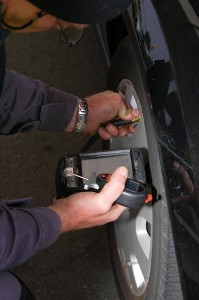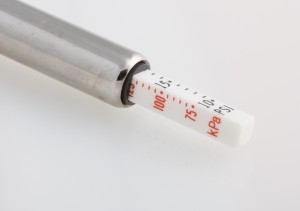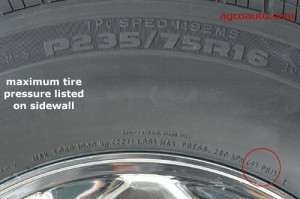We’ve talked a lot about nitrogen tire inflation. After all, that is what we’re all about. But, we need to answer the question of “Why Nitrogen?” Why use nitrogen and not helium, carbon, or argon? If the point of nitrogen tire inflation is to reduce the amount of oxygen in the tires, then why do we specifically need nitrogen to accomplish that?
Nitrogen molecules have a more difficult time escaping through the microscopic spaces that exist between a tire’s rubber molecules. Nitrogen is a “slow”, inert gas due to its nonreactive nature with many materials. However, oxygen is a “fast” active gas that reacts with many materials. This reaction is a process called “oxidation.” Additionally, nitrogen is a dry gas that doesn’t support moisture while oxygen combined with hydrogen makes water (H2O). So, even though air is already 78% nitrogen, that 21% of oxygen is enough to do long-term damage to your tires. Again, nitrogen seems like the most natural fit for tire inflation, but is it really the best fit, or the only fit?
Well, nitrogen is a denser gas than oxygen (and helium and carbon), so that explains why it does a better job of maintaining tire pressure than regular air. Consumers can benefit from the more stable pressures, even more so than the fact that your tires are safer with proper tire pressure. The problem is that humidity (aka water) is a horrible thing to have inside a tire. Water, present as a vapor or even as a liquid in a tire, causes more of a pressure change with temperature swings than dry air does. It also promotes corrosion of the steel or aluminum rim.
However, humidity doesn’t get in there through oxygen and the elements. It gets in there through the regular air systems you find at gas stations. Popular Mechanics remarks that some gas stations don’t do a very good job of keeping the humidity out of their air system. If your tires go unchecked, they can accumulate a lot of water, varying the tire pressure even more so than simple temperature changes.
Nitrogen tire inflation provides a good fix for this. Any system that delivers pure nitrogen is also going to deliver dry nitrogen. Filling tires with nitrogen involves filling and purging several times in succession, diluting the concentration of oxygen in the tire. This will also remove any water.
Sure, filling your tires with nitrogen will cost a little money, since you need to have it specially done. We’ve demonstrated in a previous post that the practice is worth the money in the long run. But, why does it have to cost money? Aren’t air and gases free? Well, they are free to acquire, but it does take time and labor to acquire. You simply can’t just put it in a jar. Nitrogen and other gases have to go in special tanks so they can be used appropriately.
Which brings us to the question of why nitrogen for tire inflation over the other gases. As previously stated, it 78% of the air is nitrogen, making it an incredibly abundant gas. The third most abundant gas is argon, which makes up 0.93% of the world’s atmosphere. Can you imagine how much it would cost to fill your tires with argon!?! It would certainly be an exorbitant amount of money, since it would be difficult to acquire and it would take a long time to acquire enough to fill up some tires. Nitrogen is not only the best fit, but it works out nicely due to it’s large quantities and density to be much more affordable than using any other gas.











